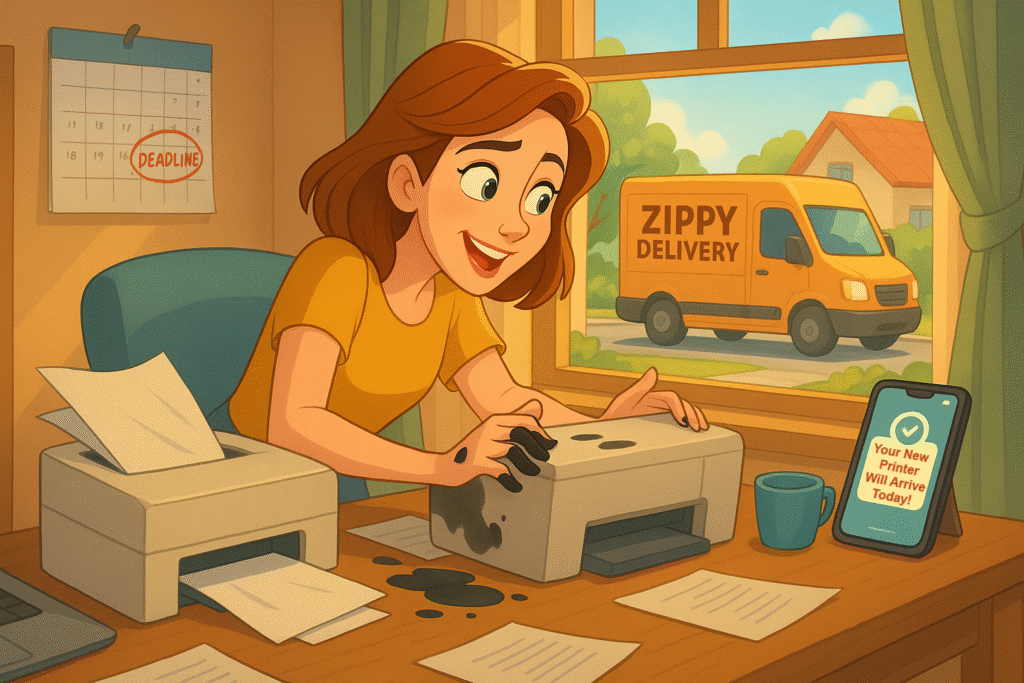
Product makers live in a fantasy world.
In this dreamland, customers spot our amazing new solution and immediately abandon their current provider, gleefully skipping over to our superior offering without a backward glance.
Reality is much less flattering.
As I explain in I Need That, the status quo is very good at one huge thing: sticking around.
Humans are crazily resistant to change – even when that change is super beneficial.
We cling to familiar products, tolerate known frustrations, and find bizarre ways to justify staying put.
This isn’t irrational behavior, despite how it looks when you’re selling something new.
Switching products carries real costs: learning curves, migration headaches, and the risk that the new solution might introduce even worse problems.
So the question becomes:
When are customers actually open to switching?
The answer lies in identifying specific vulnerability moments in the competitor relationship cycle – times when the switching barrier temporarily drops and your message can break through.
These moments are predictable, trackable, and remarkably consistent across industries:
Contract renewal periods create natural decision points where customers reassess their current solution. Subscription businesses experience predictable churn windows at specific intervals (usually multiples of the billing cycle).
Version changes or price increases trigger immediate reevaluation. When customers have to learn something new or pay more anyway, the switching barrier temporarily disappears.
Service failures create intense but brief windows of opportunity. The 24-48 hours after a competitor’s outage, shipping delay, or customer service disaster is marketing gold.
Threshold achievements make customers feel “complete” with their current solution. Someone who just earned a top reward tier or completed a course may feel they’ve “finished” their journey with your competitor.
The trick is recognizing which trigger signals relate to your specific product category and creating systems to detect and act on them.
Product Payoff: Think about how Dyson expertly targets vacuum owners experiencing predictable failure points of traditional vacuums. Dyson’s marketing specifically highlights the moment when expensive vacuum bags need replacement or when suction power peters out — typically 6-8 months into ownership of competing brands. They even created a “trade-up” program that increases in value during seasonal cleaning periods when older vacuums are most likely to frustrate their owners. This precise timing helped them capture significant market share despite their premium pricing, as they reach customers exactly when the pain of their current solution is most acute.
Action for today: Map your primary competitor’s vulnerability moments. When do their contracts typically renew? When do they implement price changes? Do they have seasonal support issues or product update cycles?
Create a calendar of these moments and develop targeted campaigns specifically designed to reach prospects during these brief windows of openness. Remember: your goal isn’t to convert all users—just the ones currently experiencing their moment of maximum frustration.
Have you noticed specific moments when you personally became open to switching products after long periods of loyalty?
What finally pushed you over the edge? Tap that reply arrow and share your switching trigger.
Or reach out to my amazing team of product launch specialists at Graphos Product.
